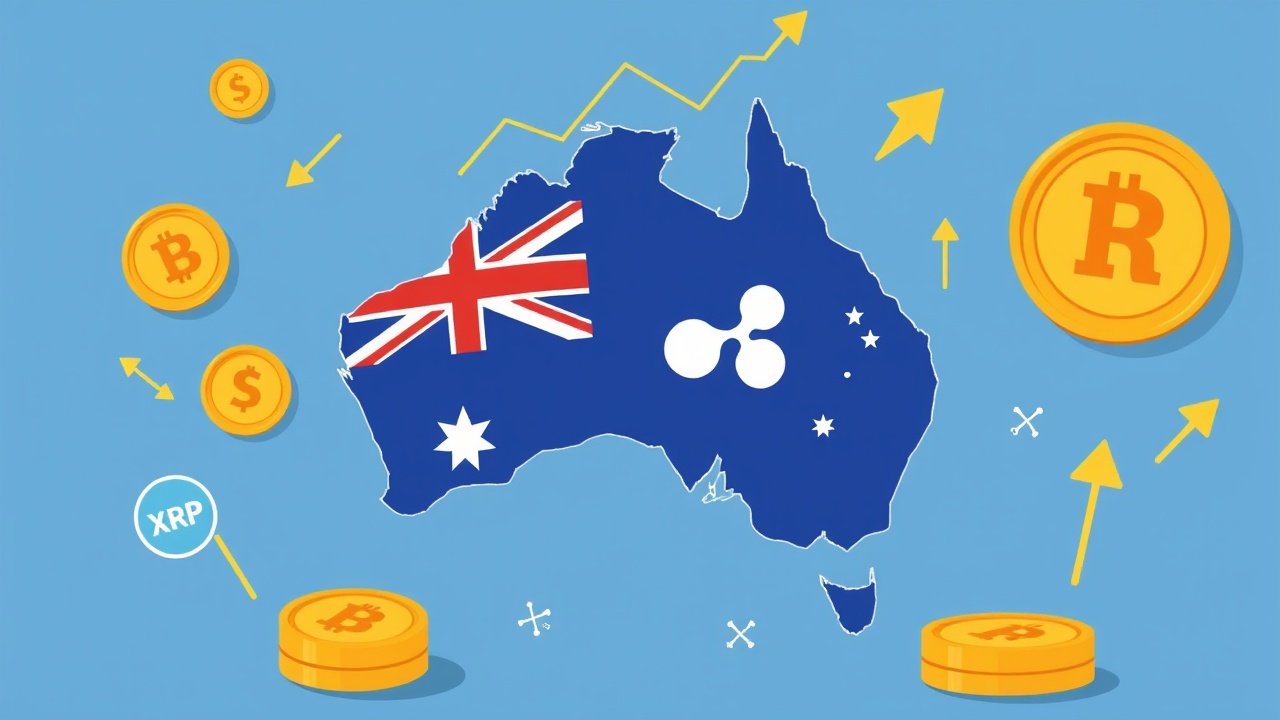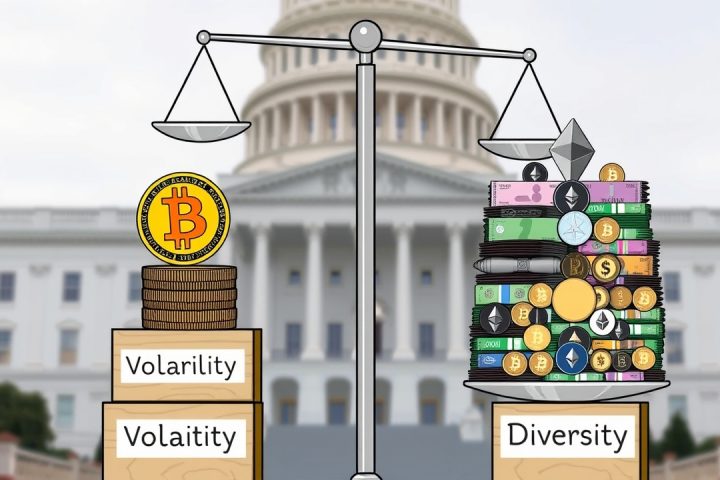Impact of New Cryptocurrency Regulations in Australia
A recent shift in Australia’s cryptocurrency regulations is having a profound impact on XRP trading, particularly in the XRP/AUD market. Unlike previous frameworks that lagged, a new licensing structure established by the Treasury is transforming how digital asset services, including exchanges and stablecoin issuers, operate within the country. This framework, which resembles the European Union’s MiCA regulations, prioritizes operational clarity and consumer protection over traditional asset categorization, enabling service providers to cater to banks, superannuation funds, and institutional clients in a compliant manner.
Market Dynamics and Pricing Anomalies
Sydney-based trader Liam observed this shift firsthand when he noted that XRP was consistently trading at a premium in Australian markets compared to its global counterparts. On international exchanges, XRP was priced around US$0.82 (approximately A$2.65), yet Australian-regulated platforms reported prices ranging from A$3.30 to A$3.35. This anomaly is not merely a pricing error, but a clear indication of local market dynamics influenced by heightened institutional interest and a compliant regulatory environment.
Attracting Institutional Investment
Under the new regulations implemented in early 2025, Australian platforms are now better equipped to attract institutional funds that were previously hesitant to enter a less transparent market. This has increased XRP/AUD trading activity, making it a significant player in the realm of compliant foreign exchange corridors as MiCA-compliant stablecoins begin to emerge in the region. The uptick in XRP’s value in Australian dollars underscores a robust demand for compliant crypto assets amidst a backdrop of regulatory uncertainty.
Future Implications for the Market
The foray into MiCA-aligned regulations not only enhances market clarity but also establishes Australia as a beacon for regulated cryptocurrency transactions. This influx of institutional investment could reshape trading patterns from mere speculation to reliable market signals based on regulatory compliance and institutional confidence.
As Liam’s experience illustrates, the premium pricing of XRP in Australia reflects an evolving landscape where regulatory frameworks permit greater liquidity and secure trading environments for institutions.
With the anticipated growth of stablecoins and ongoing legislative developments, Australian traders, financial institutions, and DeFi innovators are poised to navigate new opportunities in this burgeoning market. Investors should remain vigilant about the implications of these regulatory changes, as they could have significant consequences for the future direction of XRP trading.




